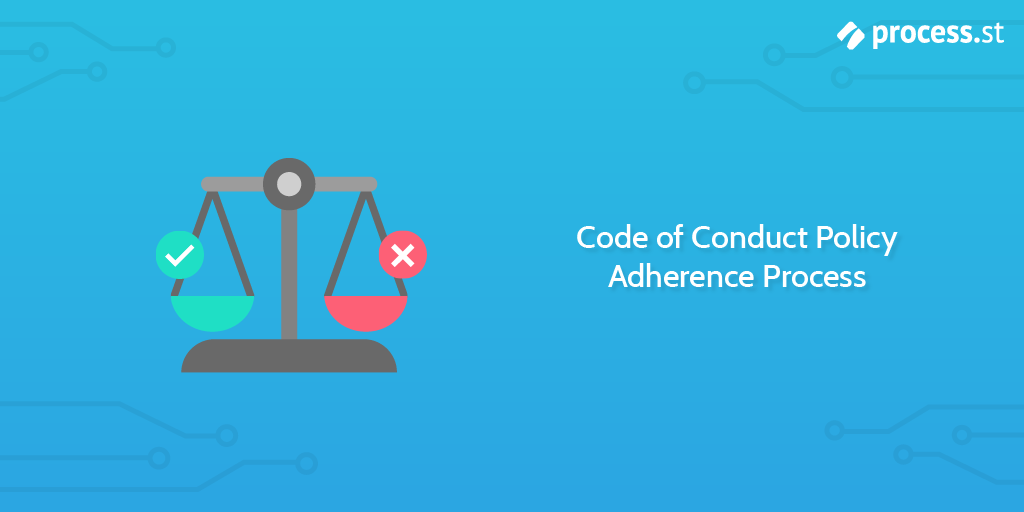Without having guidelines to refer to, how are your company's employees supposed to know what conduct is expected from them, both in and out of the workplace?
It's simply not possible.
Until a code of conduct policy is created, that is.
This template will help HR teams to write, edit, and provide a code of conduct policy. The red boxes indicate where the HR team should write or paste their codes.
Once all the company guidelines have been put in by HR and no red boxes remain, company employees can then launch a checklist to read through and understand the entire code of conduct policy.
Specific tasks have been added which ask employees questions about the code of conduct, ensuring they've fully understood it.
To provide maximum value, ensure that all employees launch and complete one checklist each, every quarter. New employees should also complete a checklist during the onboarding process, so they're given explicit information regarding company rules and regulations.







